Dungeons & Dragons has its fair share of fun, wacky, and creative subclasses to choose from, but few are as handy or creatively inspired as the Fighter’s strangest subclass: the Echo Knight. Capable of getting itself into and out of trouble in the blink of an eye, this subclass boasts an enormous amount of utility and roleplay potential.
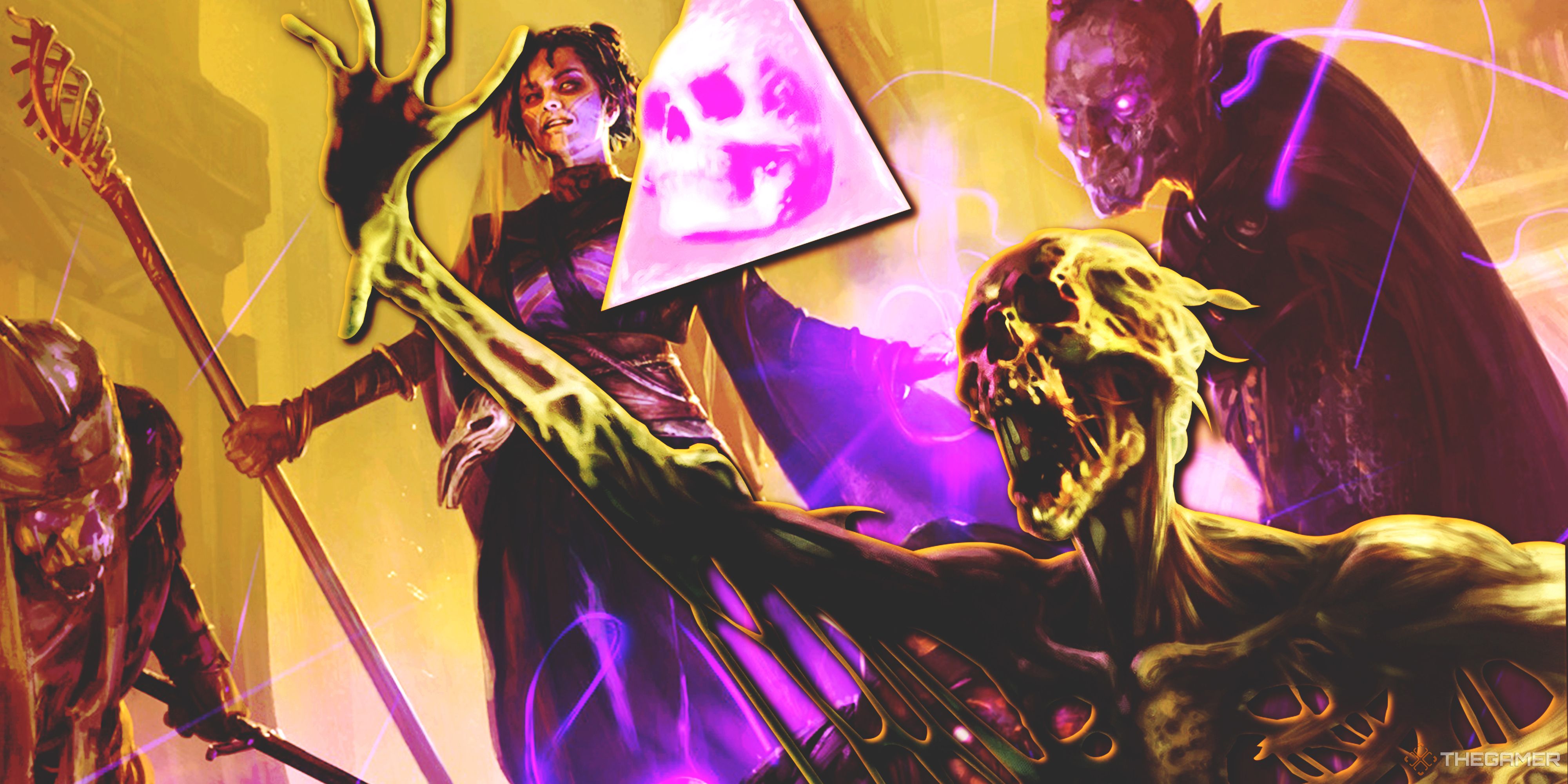
Related
Dungeons & Dragons: How To Build A School Of Necromancy Wizard
Learn to love your army of skeletons as this powerful necromantic wizard.
However, getting the Echo Knight to work as well in combat as its competing fighter subclasses requires a bit of finagling – especially at high levels. Although not as capable as its cousins at dealing raw damage, it controls the field and boasts so much flexibility in its playstyle potential that it remains one of the best and most inspired subclasses in the lineup.
Updated on November 11, 2024 by Alexis Campbell: With the release of the 2024 Player’s Handbook, we’ve updated this guide to ensure it’s viable for players using both the 2014 and 2024 versions of the PHB, with details and suggestions for creating the perfect Echo Knight fighter with either book.
Class Overview: Echo Knight
To echo the theme of this guide: what the Echo Knight primarily excels at is utility. While its potential combat prowess certainly shouldn’t be scoffed at, there are other Fighter subclasses that do combat much better than the Echo Knight.
Where the Echo Knight shines is in creative use of its Manifest Echo ability and causing headaches to your beloved DM.
Manifest Echo and its related feats will allow you to create a weak clone of yourself that you can fight with – or even swap with – at any time. At higher levels, you can even use this echo like a familiar, seeing through its eyes and hearing through its ears.
Since you can Manifest Echo any space you can see within 30ft and swapping brings anything you’re currently holding with you, the Echo Knight has the ability to:
- Leave the space of a melee-range enemy without triggering opportunity attacks
- Pick up objects (or people) and teleport with them
- Escape prisons or bypass locked doors
- Enter rooms or balconies three stories tall
Their maneuverability is also nothing to scoff at. As the Echo Knight can place their Echo 30ft away and swap with it at only a cost of half of their speed, most races will have an additional 15ft of movement after a swap and therefore can move up to 45ft in any given turn.
Additionally, as per the literal wording of Manifest Echo, the echo can technically fly as it can move in any direction and does not have a normal speed. In theory, this may allow you to traverse the side of mountains or up buildings – especially at level seven when “Echo Avatar” allows the echo to be as much as 1,000ft away from you.
For those monoclassing into Echo Knight, the 18th level feat allows the creation of two echoes and vastly increases the potential chaos this subclass can cause.
Unfortunately, since you can only move this echo 30ft at once and this ability only lasts 1 minute, you can technically only move it in one direction up to 300ft before it disappears despite the 1,000ft distance limit.
In general, the raw utility of this ability cannot be underestimated.
They’re flexible in their race and stat choices, giving them a wide range of possibilities in build set-ups and roleplay opportunities. Additionally, they allow for creative playstyles with freedom of choice with weapons and reward players who think out-of-the-box.In summary, the Echo Knight is a great choice for anyone looking to use a Fighter for more than just your standard battle.
2024 Player’s Handbook Changes: Fighter Class
Although the Echo Knight itself has received no changes (being a subclass from the Wyldemont’s Guide), the Fighter has seen some significant changes worth highlighting for those who wish to play this subclass with the updated Fifth Edition Fighter.
For the Echo Knight, you’ll want to keep the following in mind:
|
Fighting Style* |
Fighting Styles are considered feats now and have been expanded. |
|---|---|
|
Second Wind |
Fighters will have more uses of Second Wind for increased survivability and healing. |
|
Weapon Mastery* |
You gain a new feat that will allow you to choose certain weapons and gain new abilities when using them. |
|
Tactical Mind |
When you fail an ability check, you can use one of your Second Winds to add a d10 to the failed roll. |
|
Tactical Shift |
When you use Second Wind, you can move half your Movement without provoking an Opportunity Attack. |
|
Indomitable |
You can add your Fighter level. |
|
Tactical Master |
You can Push, Sap, or Slow when using a Mastered weapon. |
|
Studied Attacks |
Gain Advantage on a target after missing them with a weapon attack. |
|
Epic Boon* |
Gain any Epic Boon or feat of your choice. |
As you can garner from the above, the Second Wind feat will greatly improve a Fighter’s defensive capabilities. All Fighter feat changes for the 2024 PHB (Player’s Handbook) appear to mostly buff to the already powerful Echo Knight.
Studied Attacks is the greatest of these abilities, giving you innate Advantage after a miss (which can stack well with the Fighter and Rogue multiclass). And naturally, Epic Boon leaves the door open for builds of all kinds.
*The highlighted subjects are covered thoroughly in their respective Feats sub-category below.
Best Echo Knight Species And Backgrounds
Choosing a species for the Echo Knight is relatively straightforward if you’re using the 2014 Player’s Handbook: pick anything that normally works for a Fighter. Primarily, you’ll probably want species that give extra feats and focus on things like Dexterity or Strength. Additionally, with DM permission, you may have access to two very broken species that work exceptionally well with this class: Kobold and Bugbear from Volo’s Guide to Monsters.
|
Species |
Strength |
|---|---|
|
Human (Variant) |
Good for stat bonuses and the potential to pick a feat. |
|
Standard/Half Elf |
Dexterity bonuses and access to the “Elven Accuracy” feat. |
|
Orc/Half-Orc |
Strength bonuses for Strength-based builds. |
|
Kobold |
“Pack Tactics” feat means you always have advantage if your echo is in melee against same foe. |
|
Bugbear |
Strength-based build that gives ability to have 15ft melee range to stack with Echo Knight’s extreme movement range. |
If using the 2024 Player’s Handbook, the species you choose is mostly cosmetic.
Backgrounds for an Echo Knight using the 2014 Player’s Handbook that are useful include:
- Criminal, Urchin, Spy – Skills in Stealth (for stealthing after an echo swap) and thieves’ tools.
- Sailor, Harborfolk, Pirate – Athletics skill and proficiency in water vehicles.
- Soldier, Initiate, Mercenary Veteran – Athletics skill and proficiency in land vehicles.
- Knight of the Order – Multiple options for skills for flexibility.
Best Ability Scores And Weapons For The Echo Knight
There are two main playstyles for any Echo Knight: Dexterity or Strength. Dexterity will be more optimized for those who might want to take their Echo Knight in a stealthier direction, and Strength will be better suited for those who prefer more raw damage and aggressive fighting playstyles.
- For Dexterity Builds: Prioritize Dexterity and make Strength your dump stat. Constitution will be the second-highest investment. For those monoclassing, Wisdom will likely be the next highest, but the Wisdom, Intelligence, and Charisma scores should and will likely be left up to flavor. Multiclassing will depend on the class of your choice.
- For Strength Builds: Prioritize Strength with Constitution as the next investment. Dexterity can be a dump stat if you invest in the Alert feat for Initiative bonuses, but otherwise, try not to skimp on it. The remaining abilities will be up to flavor and preferred playstyle.
Constitution is an important stat for the Echo Knight. Not only does Constitution decide your Health Points, but it also determines the amount of times you can use “Unleash Incarnation” and have your echo attack. Additionally, the Health Points gained from your 15th level ability, “Reclaim Potential,” will be modified by your Constitution as well.
For Strength builds, weapons are pretty straightforward:
- Two-handed weapons with long reach (like the glaive, halberd, and lance) perform well for the Echo Knight.
- Dual-wielding gives no benefit to the Echo itself, and as the Echo Knight heavily relies on the use of Bonus Actions, it isn’t recommended.
In Dexterity builds, there’s a lot more variation:
- For melee users, finesse weapons are the way to go, and just like with the Strength builds, try to stay away from dual-wielding and spending your bonus action. Rapiers, shortswords, and other related weapons will all be good choices and can be left up to flavor
- Ranged Dexterity builds (bows and crossbows) can have either your echo or yourself in the ranged position. It’s recommended to have your echo take the ranged position due to its lower AC and health pool while you take a melee position. You also will have a way to flee melee combat at any time as a Bonus Action via swapping.
Keep in mind that any weapon copied by the echo retains any of the weapon’s statuses. They keep your flat bonuses and any magical weapons they copy remain magical in their hands.
Best Feats For The Echo Knight
In general, the best feat to take for the Echo Knight is Sentinel. This is because:
- This feat will allow for control of the field from as many as two (or at 18th level, three) positions as you can, so long as you’re within range of your echo, perform this feat when an enemy is moving away from your echo (not just you).
- Attacking with this feat successfully will make the target’s speed zero – an excellent control option.
As for other Feats, your build and weapon choice will inform what you choose to expand your fighter’s combat utility:
|
Polearm Master |
Strength Builds |
This is a solid crowd-controlling choice. If you’ve chosen Bugbear Echo Knight, it’s doubly so. Although the echo cannot use Polearm Master, you can make an attack whenever an enemy enters your threat range. This means that you can place your echo somewhere and attack from behind it safely, possibly killing enemies before they’re able to do any damage to it. Additionally, an added attacking option for a Bonus Action not spent on your echo is nice. |
|---|---|---|
|
Elven Accuracy |
Ranged Dexterity Builds |
Although it calls for use of a Bonus Action, Elven Accuracy can be a big boon as rerolling for another chance to hit, therefore allowing your echo a more consistent chance to follow-up, can be useful – especially at lower levels. |
Additionally, as a Fighter, you’ll need to choose your weapon fighting style.
- Archery for ranged characters
- Dueling for Dexterity builds
- Protection for those wanting extra crowd control and in possession of a shield
- Great Weapon Fighting for Strength builds
There are all solid options; however, Superior Technique can allow for the acquisition of useful maneuvers like Feinting Attack and Trip Attack.
Choosing Superior Technique for any general use depends on your own strategy and playstyle. It can be a risky gamble as choosing it means losing out on the consistent reliability of the other choices as you only get one superiority die to use. Plan wisely when choosing it.
Other feats that are just generally nice to have include:
- Alert
- Shield Master
- Fighting Initiate
- Lucky
- Tough
2024 Player’s Handbook Changes: Feats For The Echo Knight
The first important change to the Fighter’s Feats is in Fighting Styles. Your choices have been expanded, and you can swap out your Fighting Style choice each time you level up in Fighter.
There are three new Fighting Styles added to the PHB from Tasha’s Cauldron:
|
Fighting Style |
Description |
|---|---|
|
Interception |
When a creature within sight hits another creature within 5ft of you, you can use your Reaction to reduce the dealt damage by 1d10 + your Proficiency Bonus. This feat requires you to be wielding a Shield or a Simple or Martial weapon. |
|
Thrown Weapon Fighting |
When you hit with a ranged weapon attack that is thrown, you deal a +2 damage. |
|
Unarmed Fighting |
When you hit with an Unarmed Strike (and deal damage), deal an additional 1d6 + your Strength modifier Bludgeoning damage instead of normal Unarmed Strike damage. If you aren’t holding any weapons or a shield, your d6 becomes a d8. If you are Grappling a creature, you can deal a free 1d4 Bludgeoning damage at the start of your turn. |
These available styles, especially Interception, mean that the Echo Knight’s use on the field is now open to a more defensive playstyle.
Weapon Mastery is also a mechanic the Fighter – specifically the Echo Knight – can make tremendous use of.
While you are proficient in using most weapons, you’ll have an added bonus for choosing one weapon to master. For the Echo Knight, we recommend the following weapons:
|
Weapon |
Property |
Mastery Perk |
|---|---|---|
|
Greatsword |
Graze |
If you miss a creature with your attack roll, deal damage equal to your attack’s ability modifier. |
|
Glaive |
||
|
Shortbow |
Vex |
When you hit a creature and deal damage, have Advantage on your next attack roll until the end of your next turn. |
|
Trident/Battleaxe |
Topple |
If you hit a creature, force the creature to make a Constitution save or become Prone. |
The final point worth studying is the Epic Boon trait, from which you can choose any feat (which has been covered in the section above) or one of the new Epic Boons.
We highly recommend you take one of the boons as they all give both:
- One feat (at least).
- An Ability Score increase.
There are 12 new Epic Boons (and all of them deserve the Epic title!), but we’ve listed the top three we recommend for your Echo Knight:
|
Recommended Epic Boons |
|
|---|---|
|
Boon of Combat Prowess |
Whenever you miss a weapon strike, choose to hit instead. You can do this once on each of your turns indefinitely. |
|
Boon of the Night Spirit |
While in Dim Light or Darkness, you can become Invisible as a Bonus Action. Additionally, you have Resitance to all damage except Psychic and Radiant in Dim Light or Darkness. |
|
Boon of Energy Resistance |
Gain Resistance to two damage types which are not Piercing, Slashing, or Bludgeoning. Whenever you complete a Long Rest, you can change your choices. Additionally, if you take damage from one of your chosen types, you can use your Reaction to direct damage of the same type to another creature within 60ft you can see. The creature must succeed on a Dexterity save or take 2d12 + your Constitution modifier damage of the type reflected. |
Best Echo Knight Multiclassing Options
For multiclassers, there are numerous options for the Echo Knight, but it all comes down to flavor and preference.
No matter what you choose, Echo Knight’s versatility means that you have a wide option of potential playstyles. The best way to learn an Echo Knight is by experimenting and finding your own preferences with this trouble-making, echo-swapping subclass.
The first multiclass option that comes to mind is the Rogue.
|
Pros |
Cons |
|---|---|
|
Flavorful class for Dexterity-built Echo Knights |
Suffers from Action Economy deficits due to rogue’s habit of hogging Bonus Actions the Echo Knight needs for its own feats. |
|
Has additional Sneak Attack damage. |
Typically requires another party member or a feat that can create opportunities for Advantage if you don’t have your Echo available anymore. |
For subclasses, you can choose from the following if you wish:
- Arcane Trickster gives access to Find Familiar, giving an avenue of replacement for the Echo Knight’s seventh-level ability, “Echo Avatar” at the expense of the echo’s maximum range.
- Soulknife allows you to create weapons from thin air with which to deal extra damage each turn.
In general, however, we recommend steering clear of going further than two levels in Rogue if you wish to enjoy all the Echo Knight has to offer.
Sneak Attack, by its wording, requires you to be out of sight of the enemy but still see them. Since Echo Knights allow you to attack from your echo’s position, you can technically stand behind an enemy and attack from your echo’s position for Sneak Attack damage despite the enemy being able to clearly see the echo. It’s weird, but it’s rules as written.
Ancestral Guardian Barbarian is another popular Echo Knight multiclass.
|
Pros |
Cons |
|---|---|
|
Reckless Attack can be used by an Echo, placing the Advantage on an echo that can be resummoned endlessly. |
Rage competes with Echo Knight’s other Bonus Actions for Action Economy. |
|
Ancestral Protection gives disadvantage on attack rolls against anyone who wasn’t the initial attacker. If the initial attacker is the echo, for example, then the enemy has disadvantage attacking anything that isn’t a resummonable punching bag. |
Rage defense benefits doesn’t apply the Echo as it only has a single hit point anyway. |
Combined with Sentinel, you’ll basically glue enemies to the spot fighting something they can’t permanently kill with the Ancestral Guardian.
Gloom Stalker Ranger is the edgiest and most unique of the multiclass options.
|
Pros |
Cons |
|---|---|
|
Gives bonus Initiative and Movement Speed. |
Has less defensive options compared to other subclasses – a glass cannon build. |
|
Gain a free attack if you attack on the first round with an extra 1d8 damage. |
|
|
Gain access to Hunter’s Mark spell. |
This build is particularly potent because the Fighter’s innate Action Surge ability means that a first turn with this multiclass will have a bare minimum of three attacks. Then, using Echo Knight’s “Unleash Incarnation,” you get to double all of that for six total attacks in the first round. When factoring in the Fighter’s and the Ranger’s Extra Attacks, the number will only increase for a first-turn killing machine.
2024 Player’s Handbook Changes: Subclass Changes
There have been several changes to classes across the board in te 2024 PHB, and rather than cover them all, we’ll highlight the changes to the subclasses above and then new recommendations if you’re following this handbook.
|
Rogue |
|
|---|---|
|
Ancient Guardian Barbarian |
|
|
Gloomstalker Ranger |
|
As seen in the table, the subclasses mostly remain good fits for the Echo Knight. However, the Gloomstalker Ranger loses its ability to be a first-round destroyer and requires an Echo Knight with high wisdom to enjoy its more consistent damage (potentially ruining a build).
While the first two subclasses appear to be mostly benefits for the Echo Knight, the Gloomstalker Ranger has fallen off with the 2024 PHB as a result of its need for stranger stat distributions and lacking synergy.
While the Gloomstalker Ranger falls off for the Echo Knight in this version, the Hunter subclass becomes a viable alternative with its unique, boosted properties:
|
Hunter Ranger |
|
|---|
While Paladin has been considered, the change of Divine Smite into a Bonus Action means that you won’t be able to effectively use your Echo in the same way. The same can be said for Monks who compete with the Echo Knight for a spot within the Action Economy.
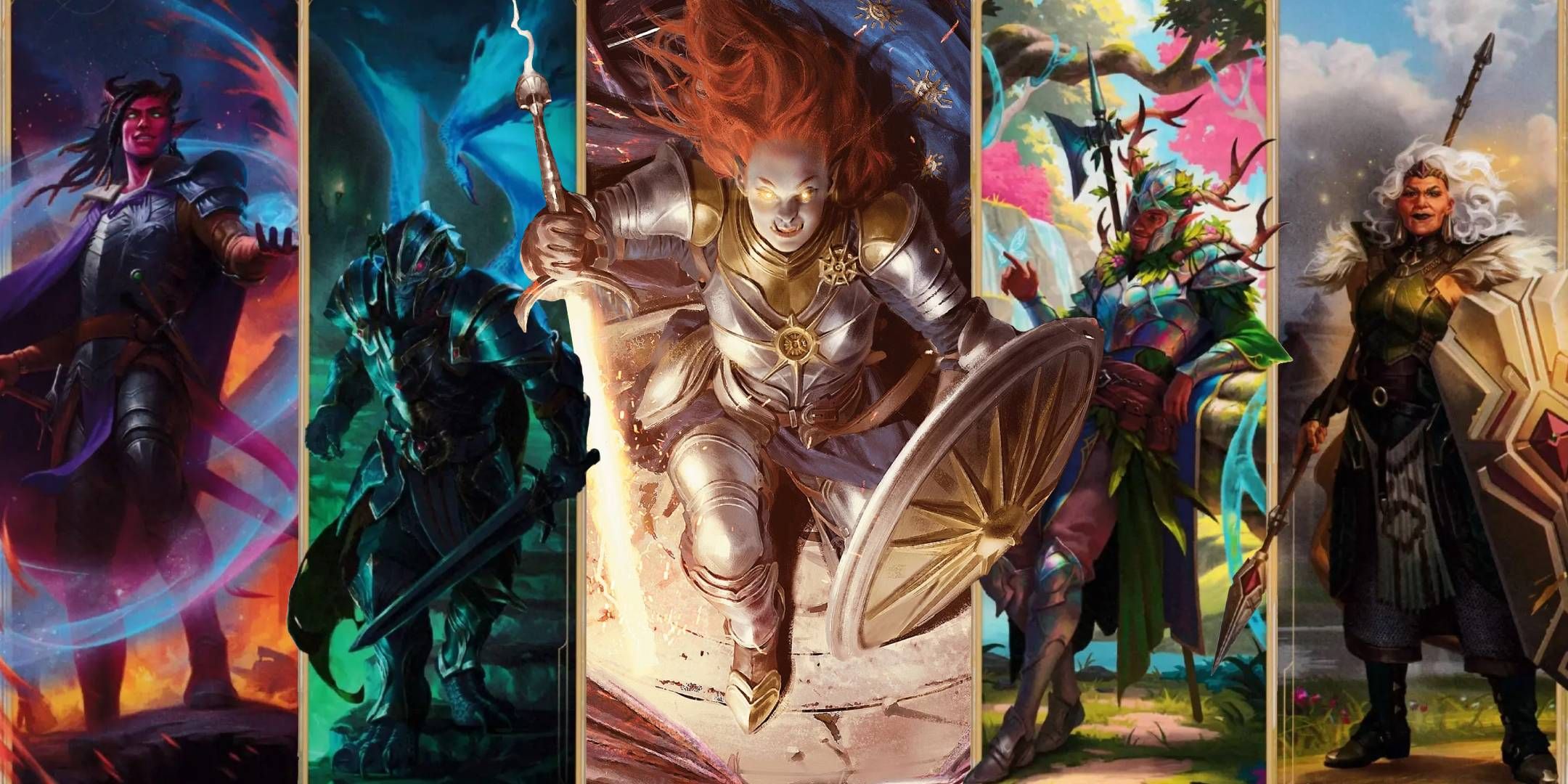
Next
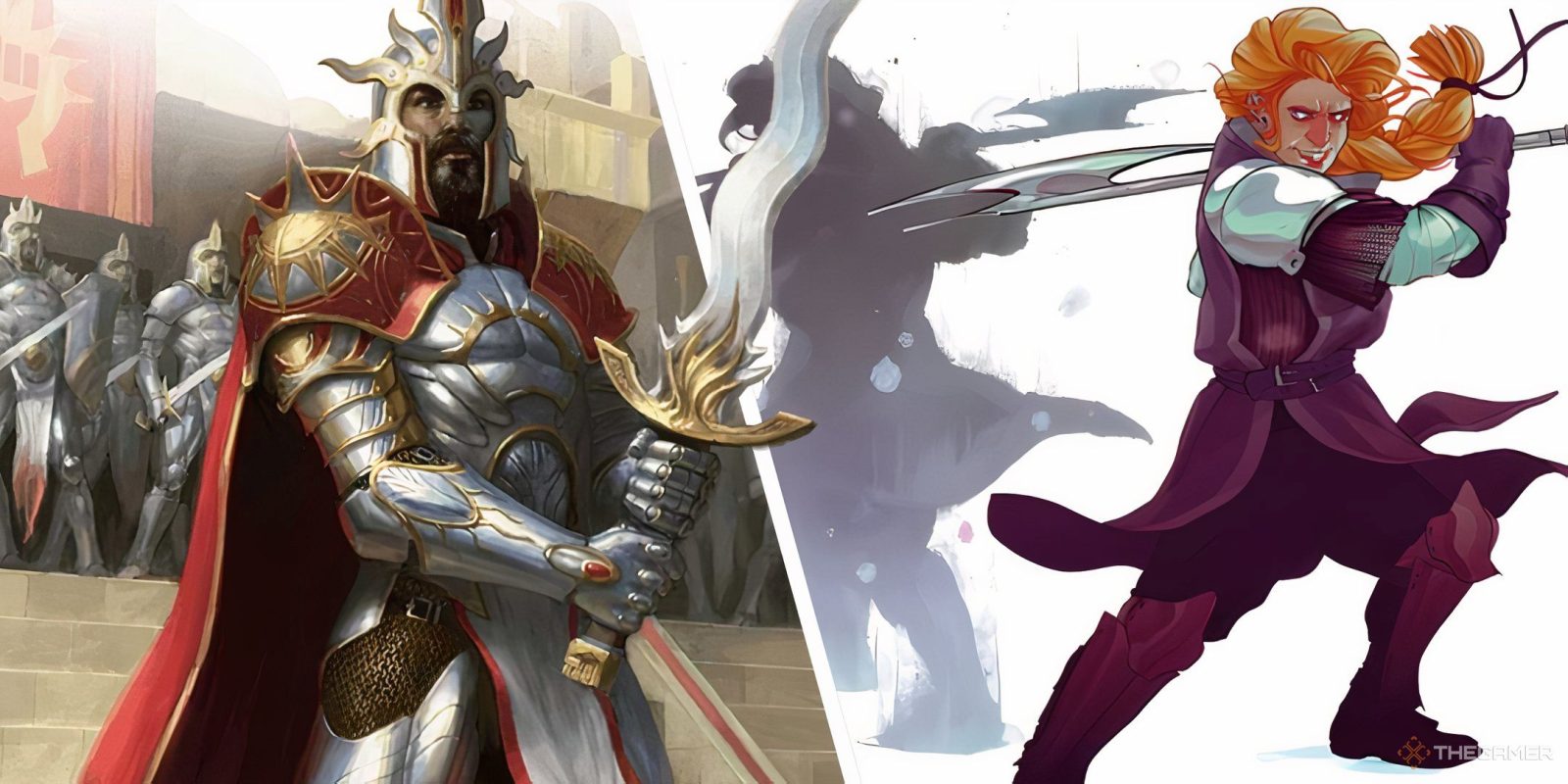



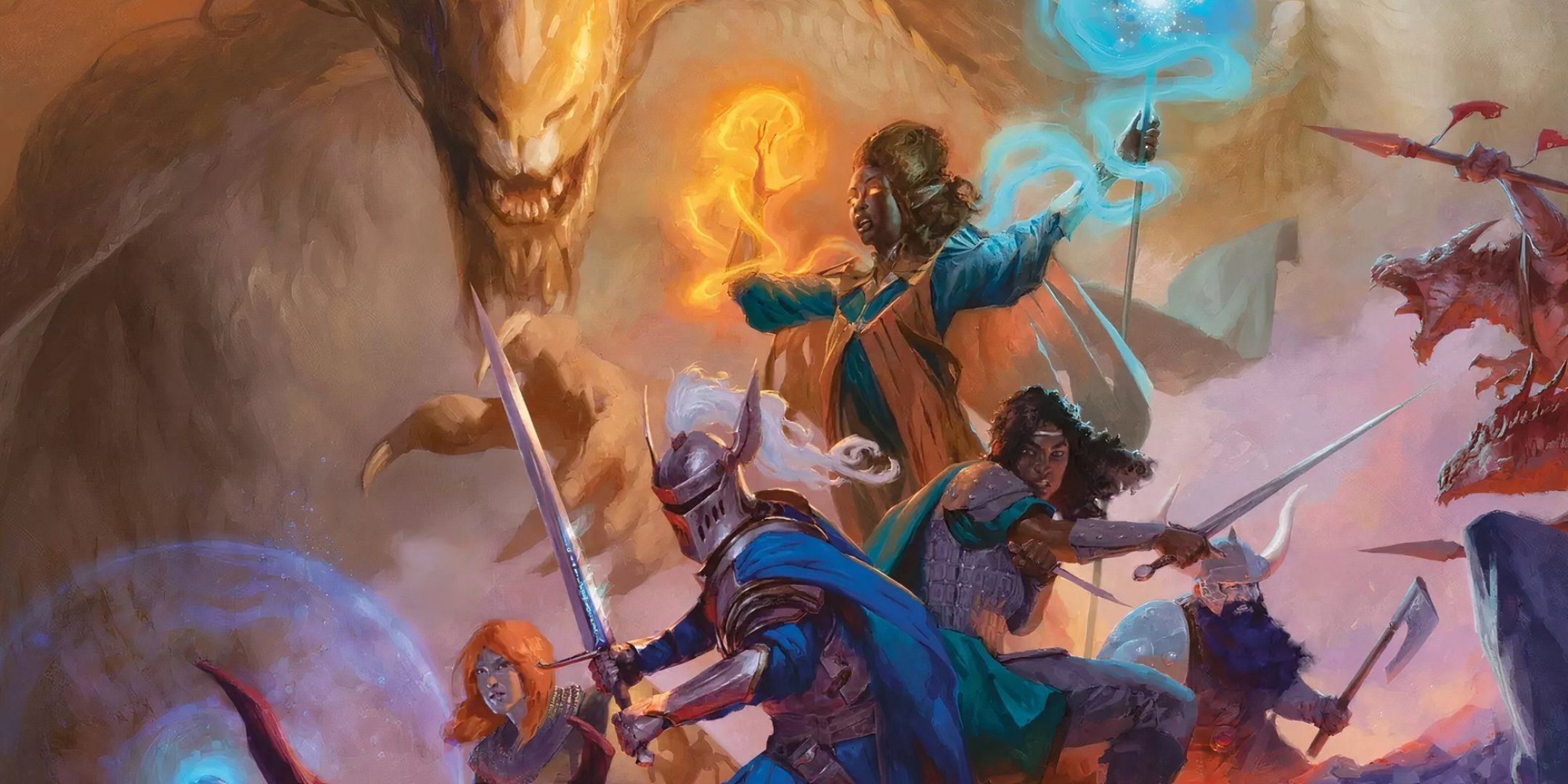
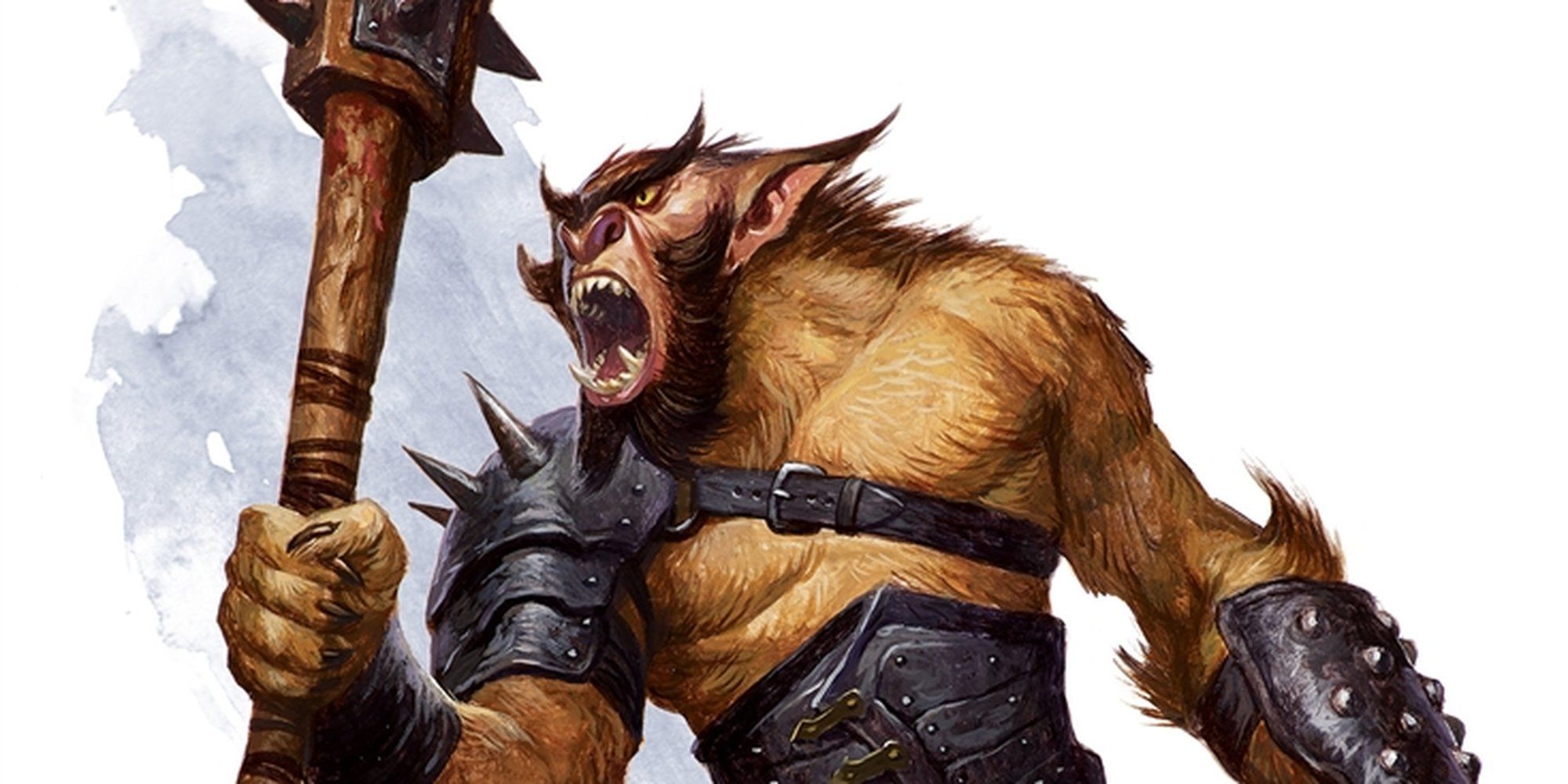
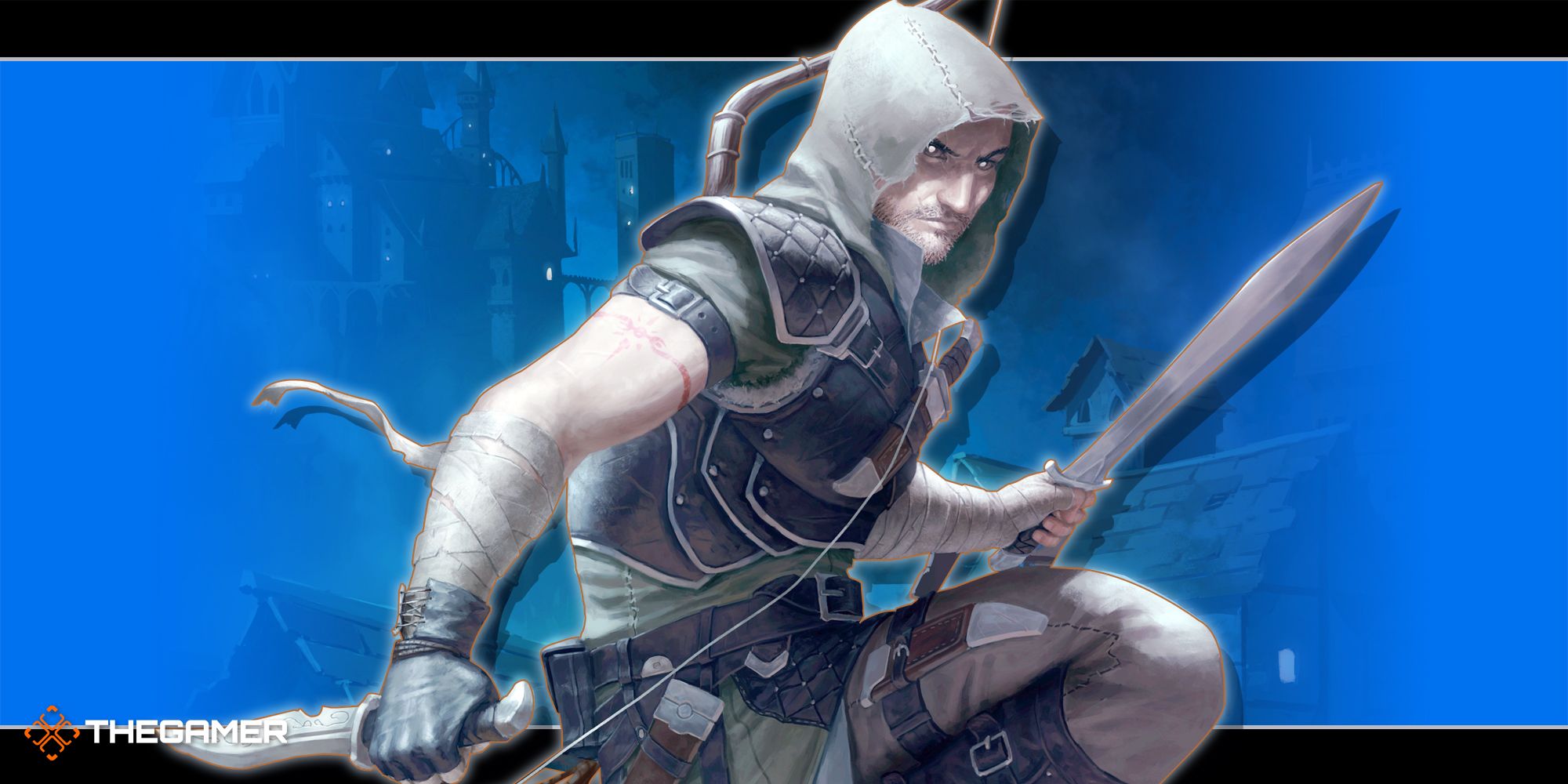

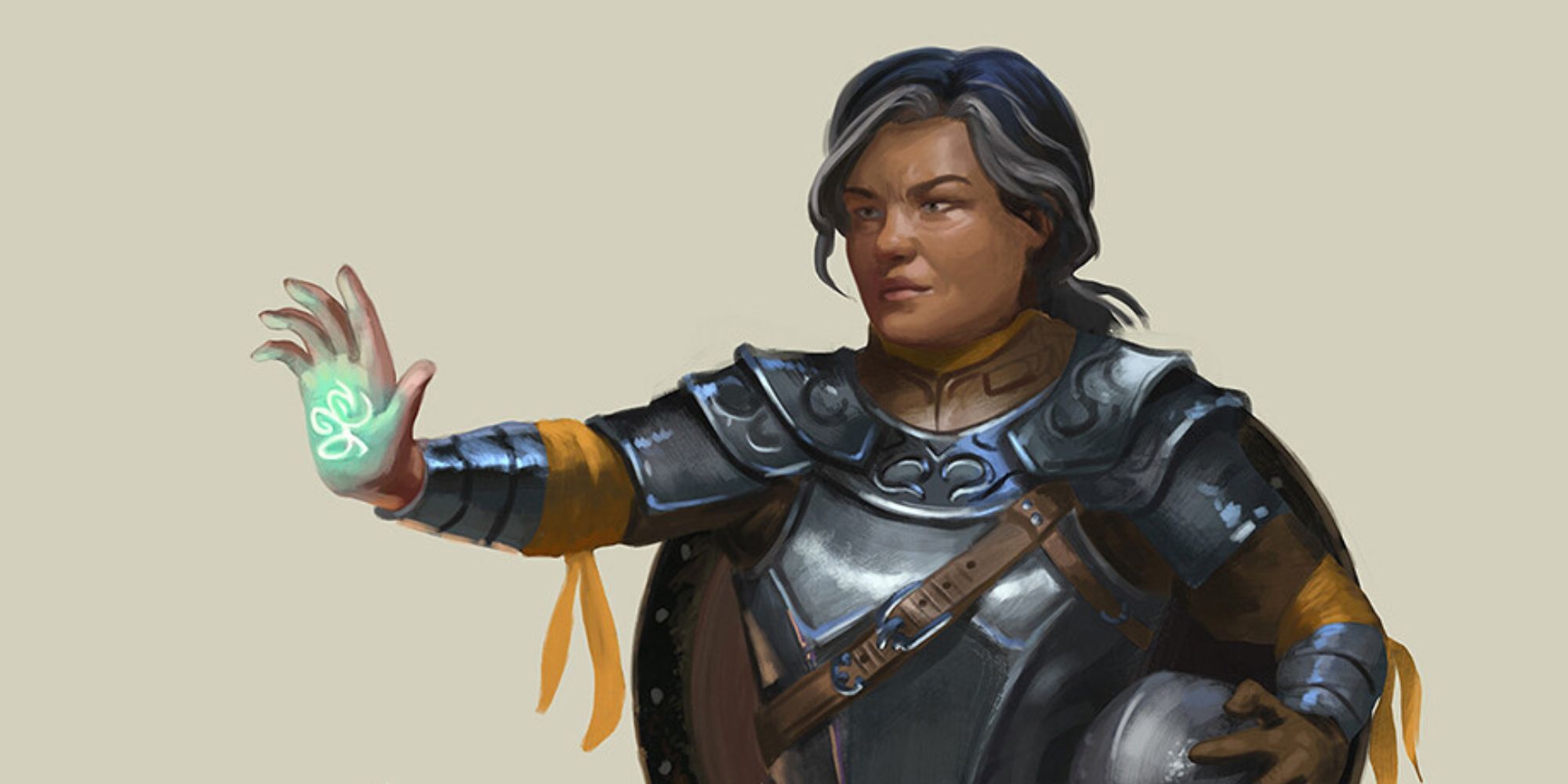
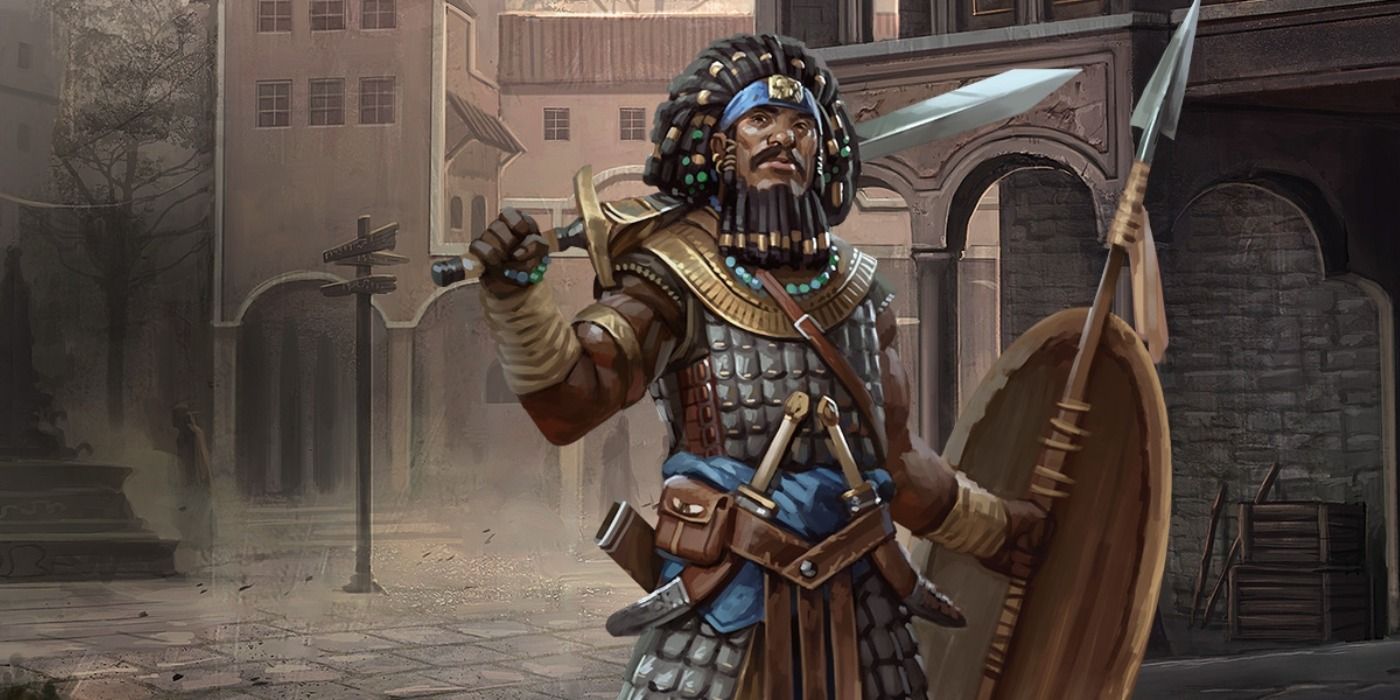
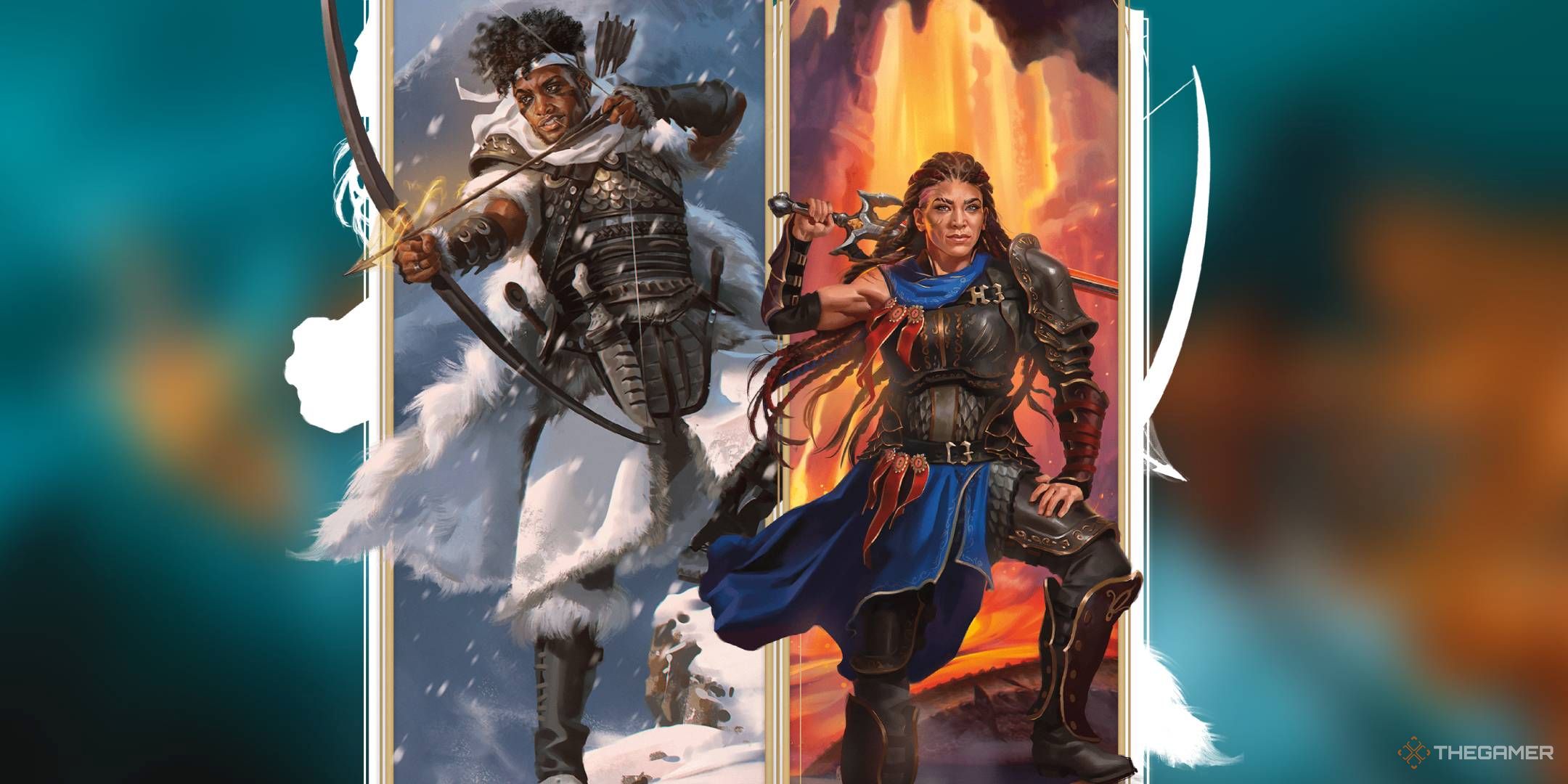
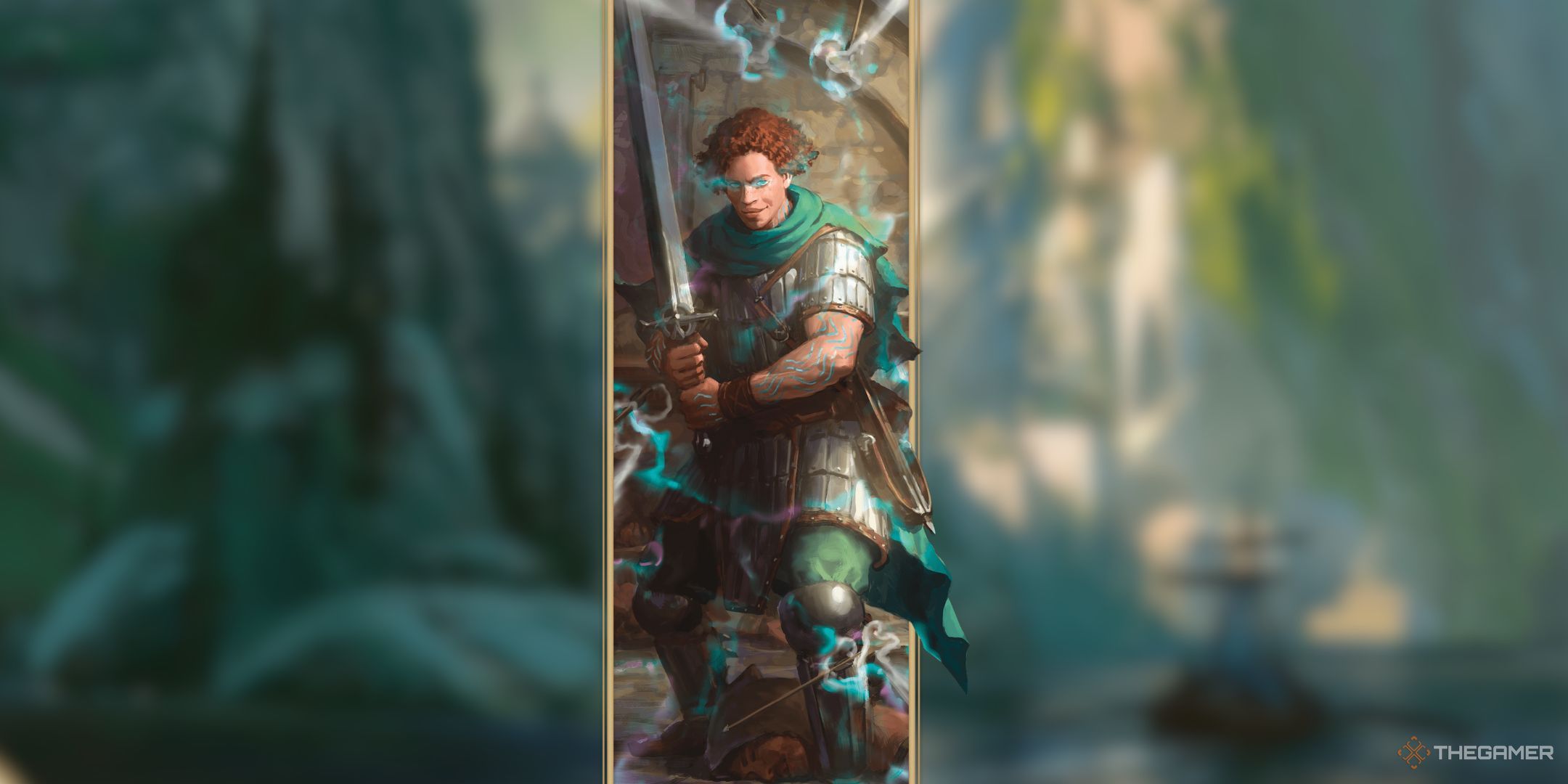
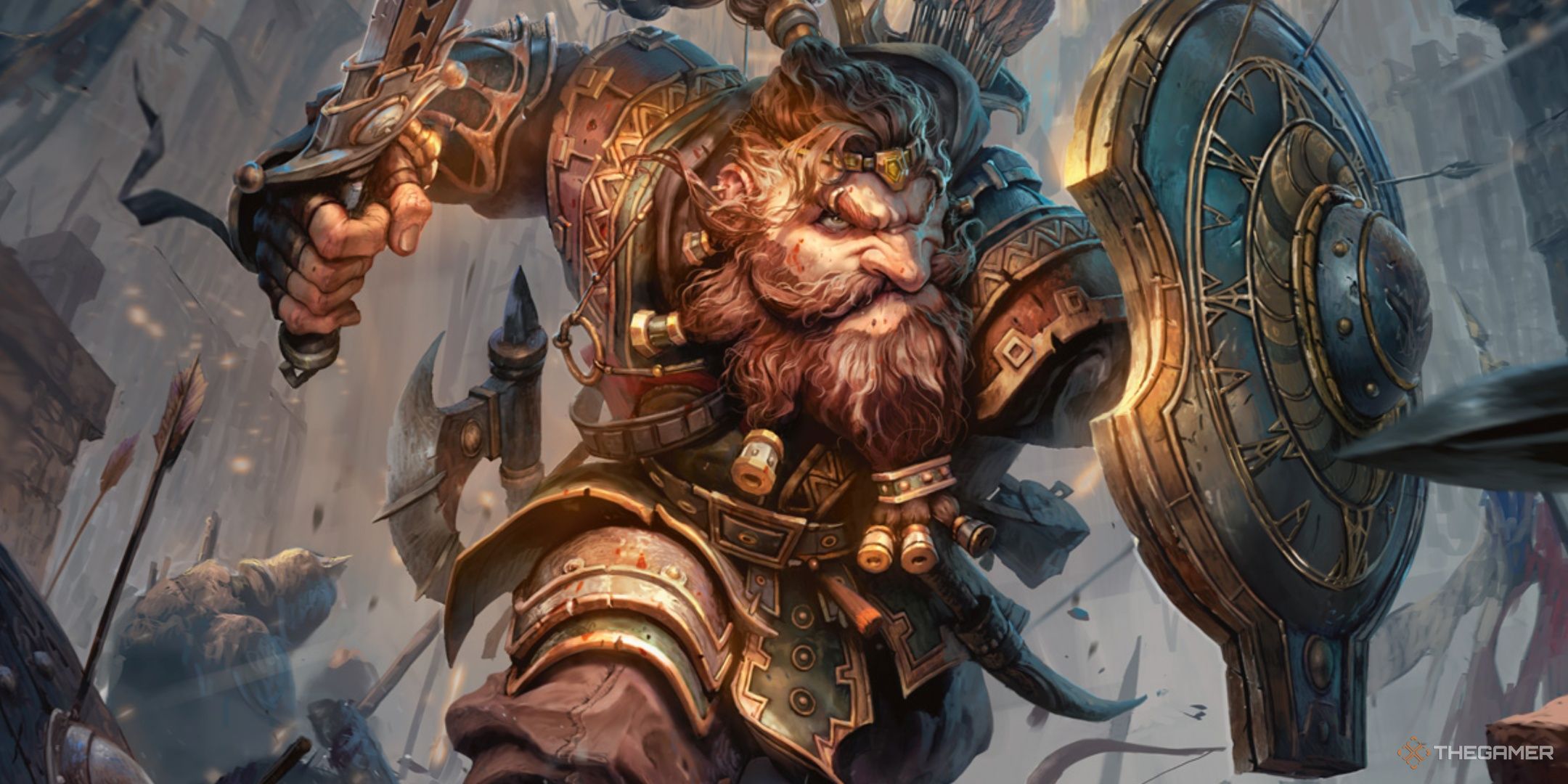

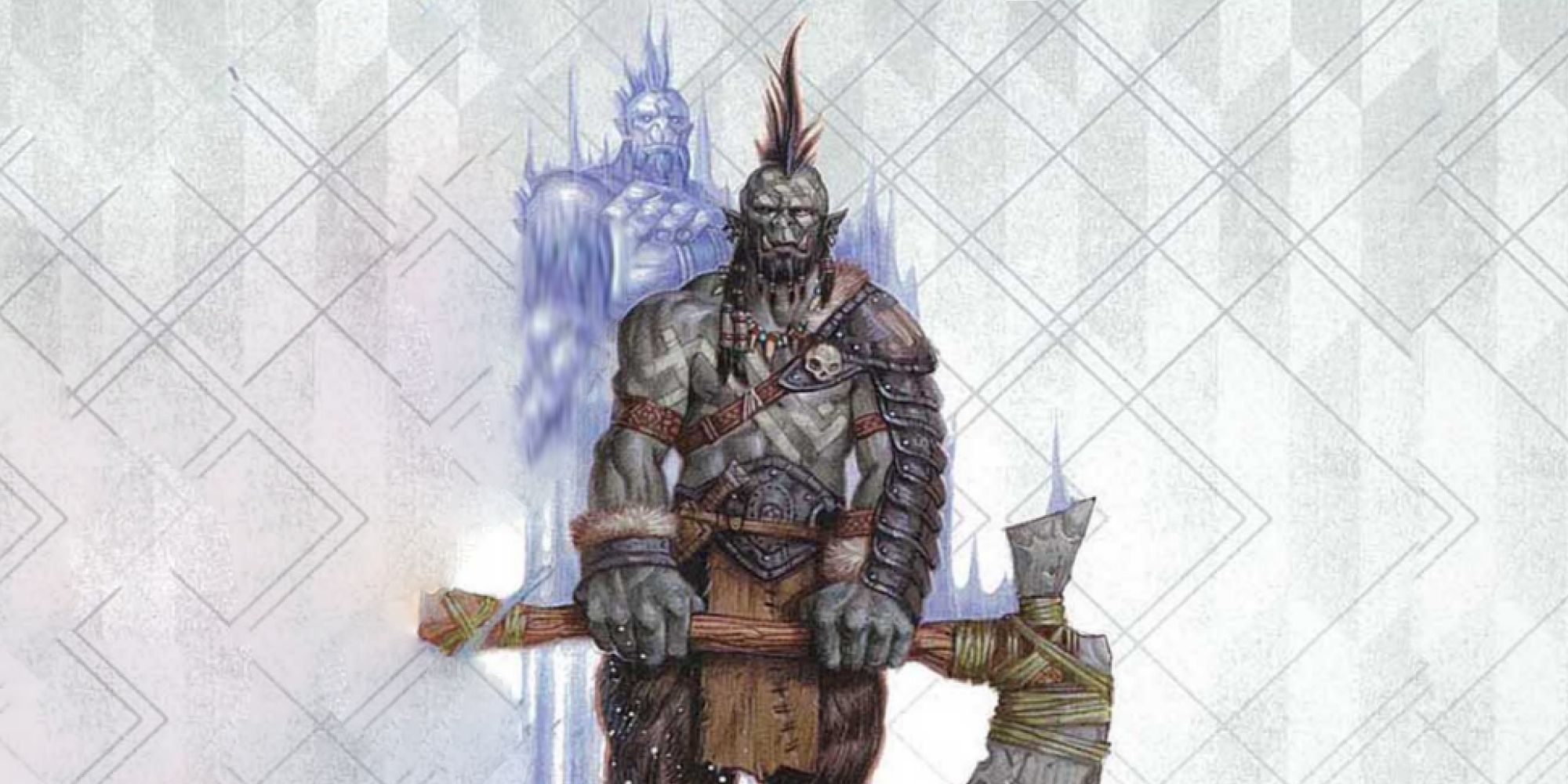
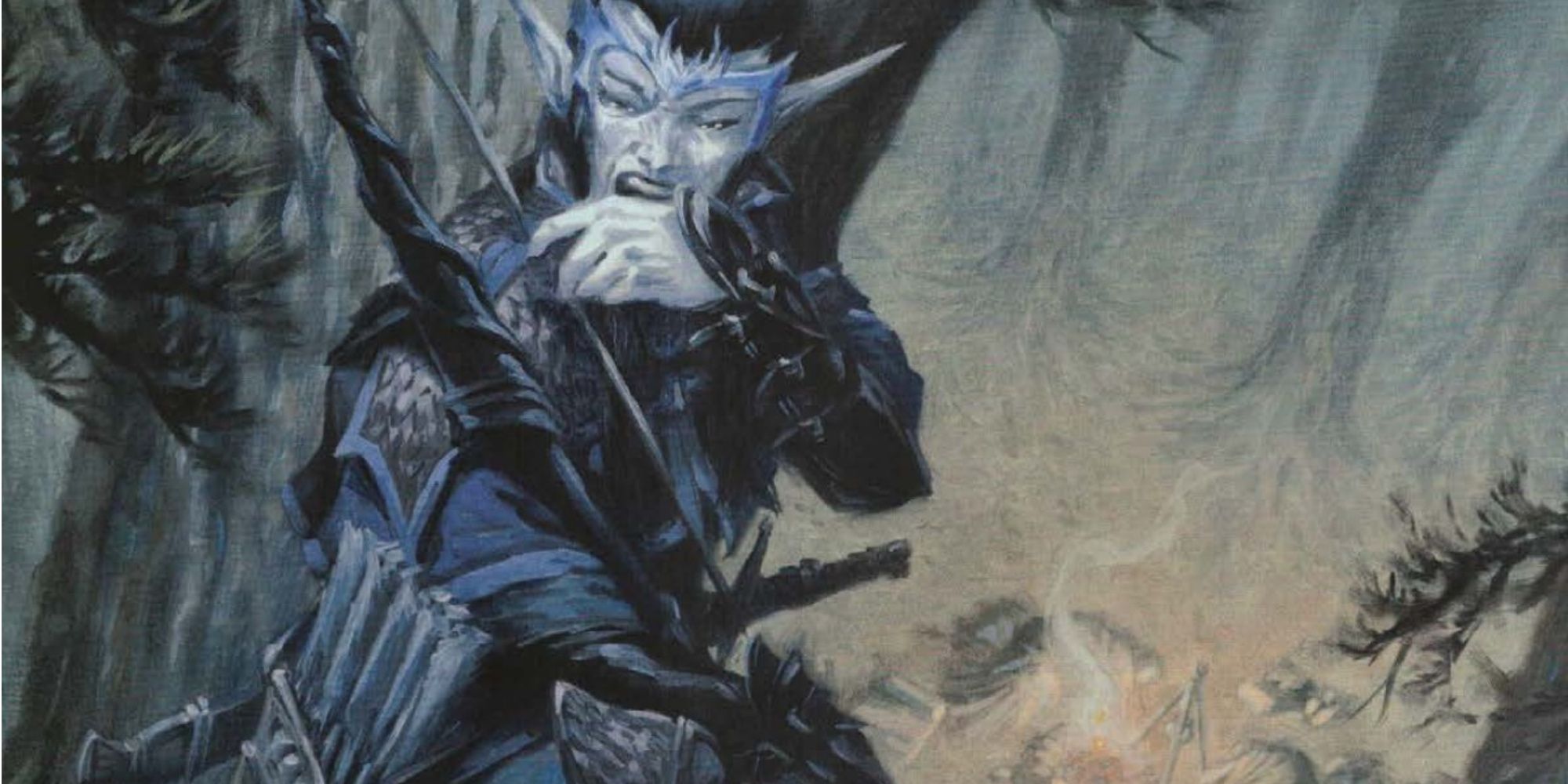

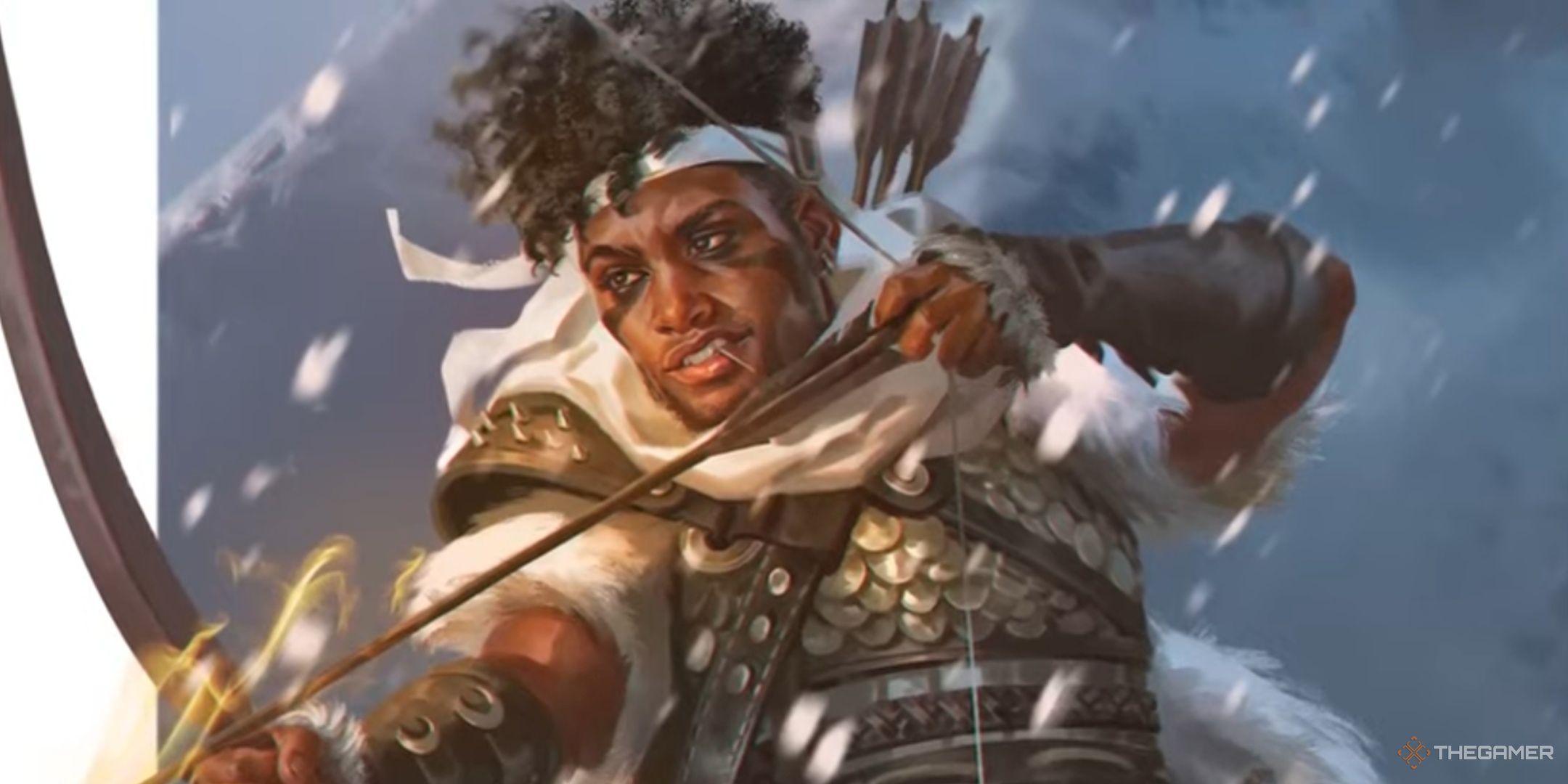








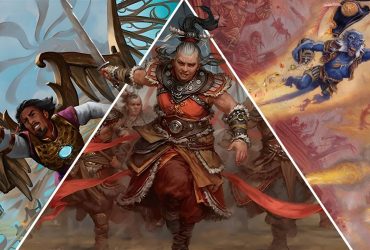
Leave a Reply